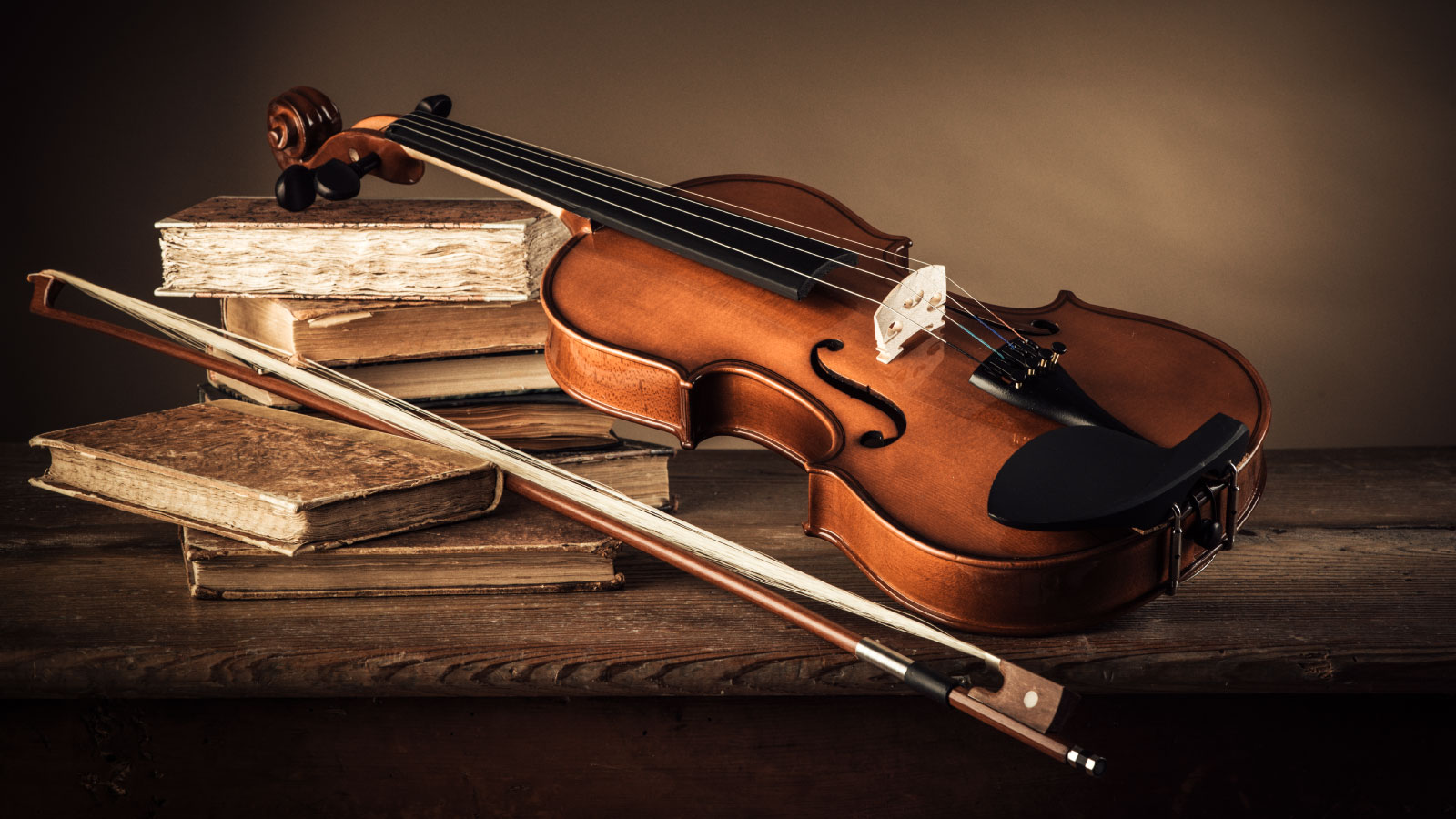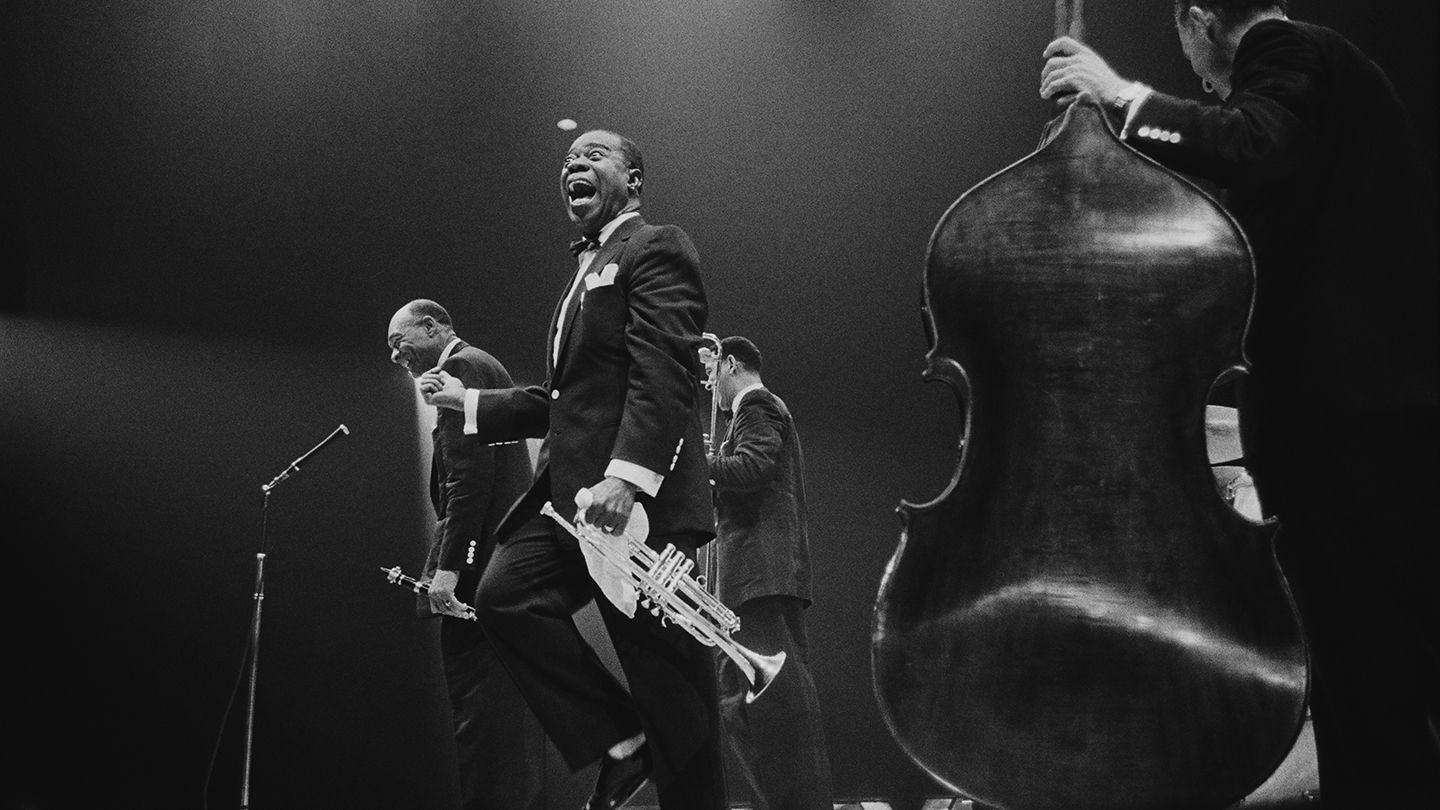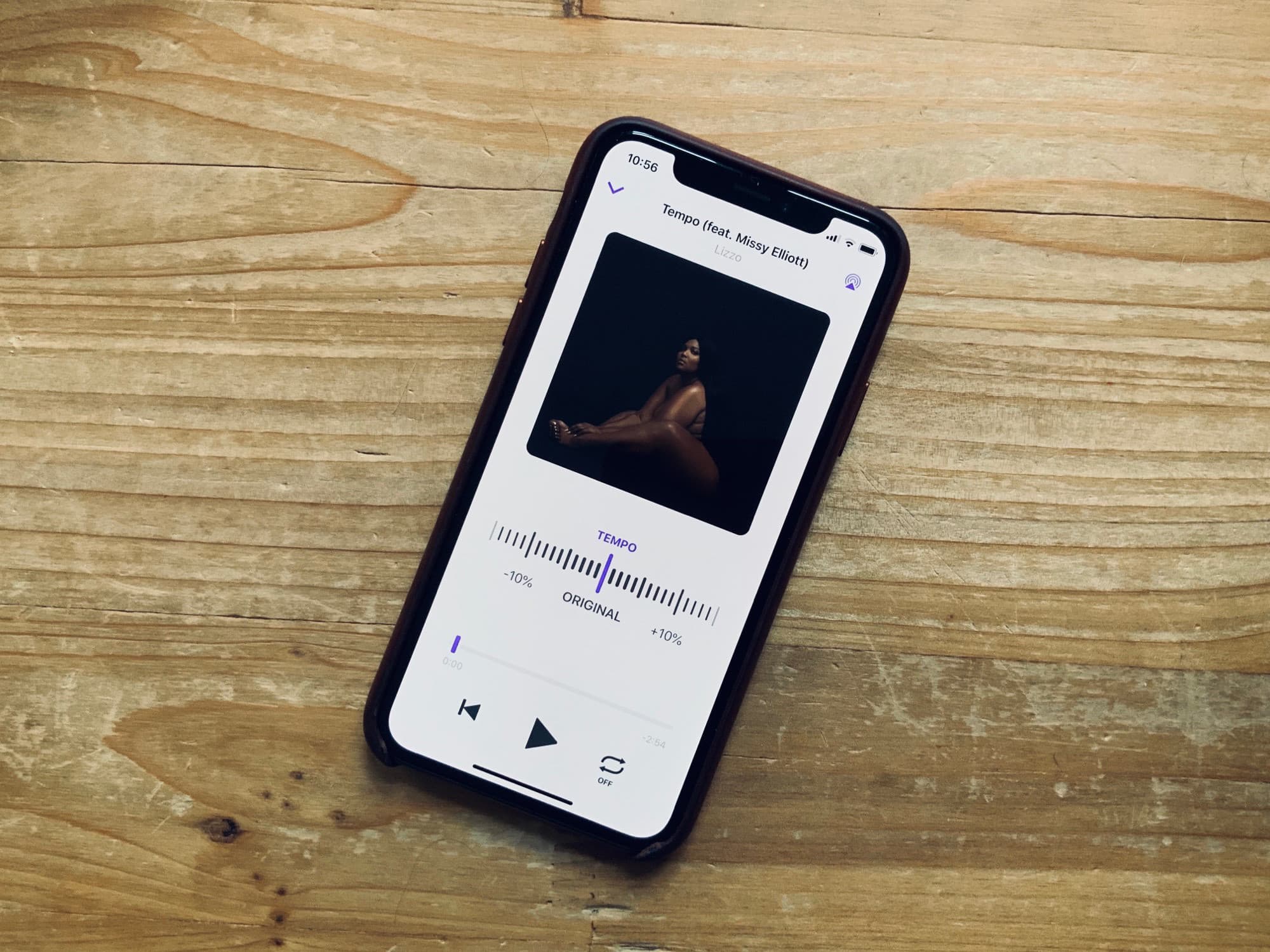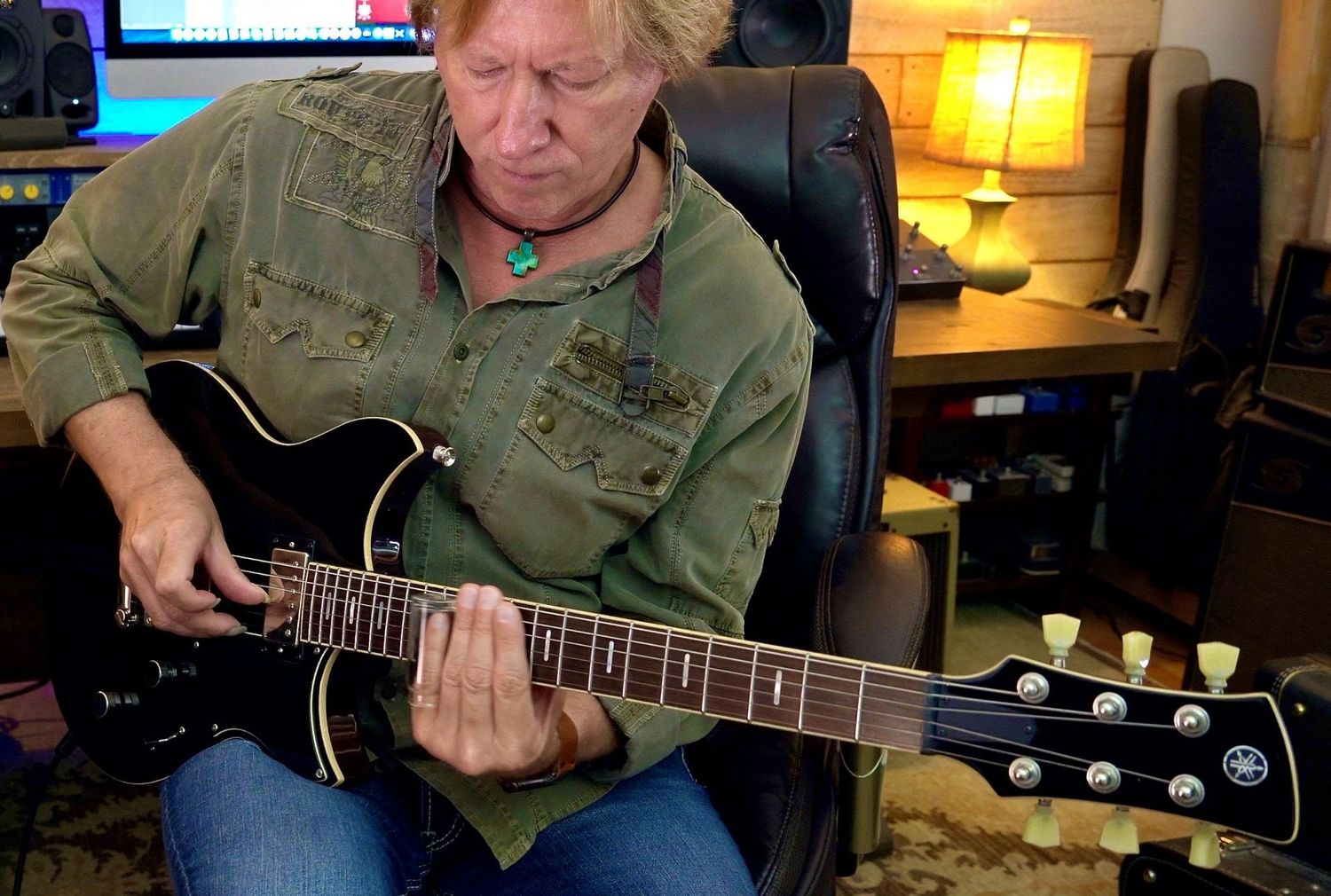Home>Production & Technology>Tempo>What Is The Definition Of Tempo Markings Allegro In Music
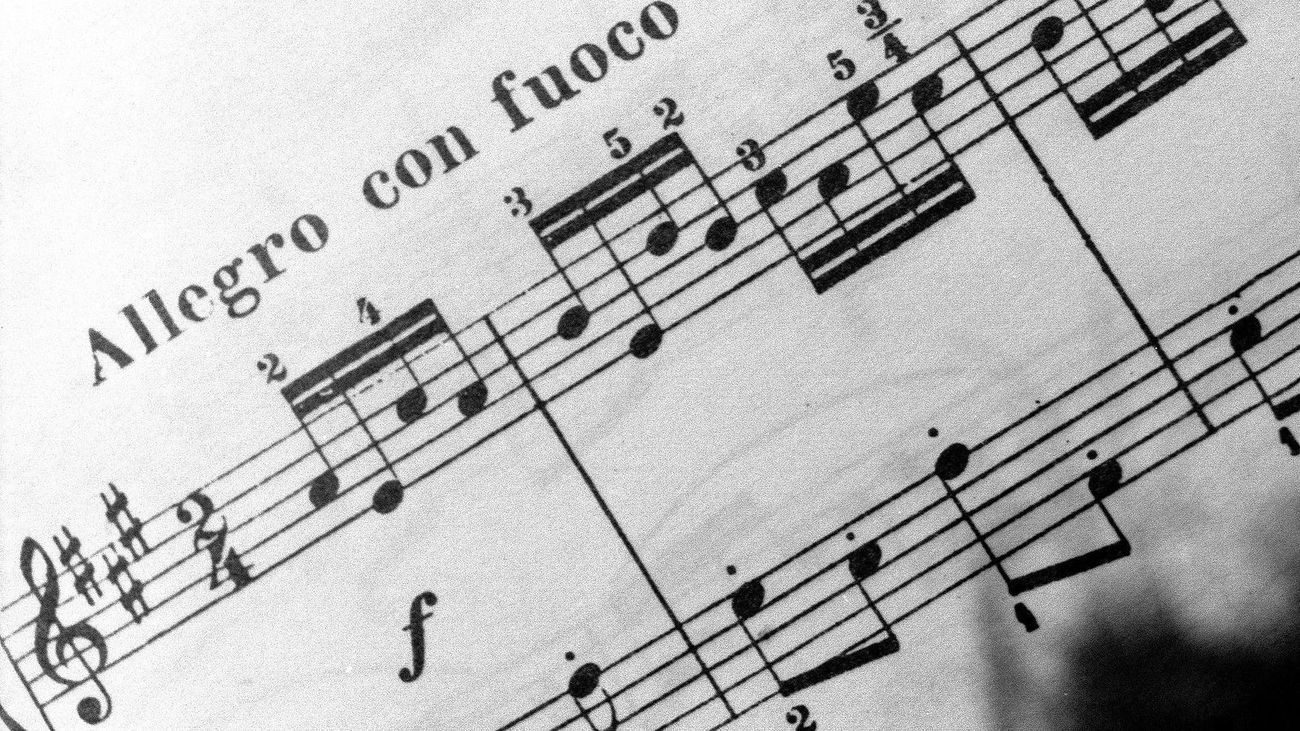

Tempo
What Is The Definition Of Tempo Markings Allegro In Music
Modified: January 22, 2024
Learn the meaning of Allegro, one of the most common tempo markings in music. Discover how it affects the speed and mood of a piece.
(Many of the links in this article redirect to a specific reviewed product. Your purchase of these products through affiliate links helps to generate commission for AudioLover.com, at no extra cost. Learn more)
Table of Contents
Introduction
Music is a universal language that speaks to the soul and evokes powerful emotions. One of the key elements that brings music to life is tempo. Tempo refers to the speed or pace at which a piece of music is played. It sets the overall rhythmic feel and energy of a composition, giving it its characteristic vibe and sense of movement.
Tempo markings are essential notations in sheet music that indicate the desired speed at which a piece should be performed. They serve as valuable guideposts for musicians, ensuring a consistent and unified interpretation of the music. One such tempo marking is Allegro, which is widely used in various musical genres.
In this article, we will dive into the definition and significance of tempo markings, with a specific focus on Allegro. We will explore the characteristics of Allegro tempo, its usage in different musical genres, and highlight notable compositions that exemplify this vibrant and spirited tempo.
Definition of Tempo Markings
Tempo markings are symbols or words that indicate the desired speed at which a piece of music should be played. They provide a reference point for musicians to ensure uniformity in the interpretation of the music. These markings are typically written at the beginning of a musical score, giving performers a clear indication of the composer’s intention.
Tempo markings can be expressed in various ways, including Italian terms, metronome markings, or descriptive words. Italian terms are commonly used and have become standardized across the music world. Some examples of Italian tempo markings include Allegro, Andante, Adagio, and Presto.
Each tempo marking signifies a specific speed or pace, with Allegro being one of the most frequently used terms. It is important to note that while tempo markings provide a general guideline, they are not rigid rules but rather suggestions that allow for artistic interpretation by the performer.
Aside from Italian terms, composers can also use metronome markings to specify the exact beats per minute (BPM) of a piece. A metronome is a device that produces a regular audible click at a chosen tempo. The metronome markings provide precise guidance to ensure accurate tempo throughout the performance.
Furthermore, composers can also use descriptive words to indicate the desired tempo. These words act as general guidance, allowing for some flexibility in interpretation. Descriptive words like “fast,” “slow,” “moderate,” or “brisk” offer a broader understanding of the intended pace without specifying the exact BPM.
Overall, tempo markings play a crucial role in shaping the character and mood of a musical piece. They provide performers with valuable information to maintain consistency and coherence, allowing the music to unfold as the composer intended. Now, let’s delve into the specific tempo marking of Allegro and explore its unique characteristics and applications.
Allegro as a Tempo Marking
Allegro is an Italian term that translates to “fast” or “lively” in English. It is one of the most commonly used tempo markings in music and signifies a brisk and spirited pace. The exact BPM range for Allegro can vary depending on the context and the composer’s interpretation, but it generally falls between 120 and 168 beats per minute.
When a piece of music is marked Allegro, it suggests a sense of energy, liveliness, and excitement. It is often associated with upbeat and joyful compositions, conveying a sense of forward motion and enthusiasm. Allegro can be found in a wide range of musical genres, from classical symphonies and concertos to jazz standards and pop songs.
While Allegro is typically characterized by its fast tempo, it is important to note that within Allegro markings, there can be variations in speed. Composers often use additional terms or modifiers to further specify the desired tempo. For example, Allegro moderato indicates a moderately fast pace, while Allegro vivace denotes a lively and rapid tempo.
Allegro is known for its rhythmic drive and vitality. It often features catchy melodies, intricate ornamentation, and dynamic contrasts. The fast-paced nature of Allegro can create a sense of urgency and intensity, propelling the music forward with a sense of momentum and excitement.
Additionally, Allegro tempo allows for virtuosic displays, showcasing the technical skills of performers across various instruments like piano, violin, or flute. It provides an opportunity for musicians to exhibit their agility, precision, and expressive abilities.
It is important for musicians interpreting an Allegro marking to pay attention not only to the speed but also to the overall character of the music. Allegro pieces can vary in mood and style, ranging from playful and light-hearted to intense and dramatic. It is essential to capture the intended emotions and convey the spirit of the composition while maintaining the prescribed tempo.
Allegro is a versatile tempo marking that adds energy and excitement to a piece of music. Its prevalence across different musical genres is a testament to its universal appeal and enduring popularity. Whether in a classical symphony, a jazz improvisation, or a contemporary pop track, Allegro evokes a sense of liveliness and movement that captivates listeners and keeps the music vibrant and engaging.
Characteristics of Allegro Tempo
Allegro tempo is known for its distinctive characteristics that set it apart from other tempo markings. Understanding these unique qualities can help musicians interpret and convey the essence of Allegro in their performances.
One key characteristic of Allegro tempo is its fast pace. It is marked by a quick succession of beats, creating a sense of energy and urgency. The music flows rapidly, propelling the listener forward with its lively and spirited nature.
Rhythmically, Allegro tempo often features syncopation and complex rhythmic patterns. It may incorporate intricate subdivisions of beats, adding an element of complexity and excitement to the music. These rhythmic elements contribute to the dynamic and engaging nature of Allegro compositions.
Furthermore, Allegro tempo is often characterized by its emphasis on clarity and precision. Despite the rapid pace, performers must maintain accuracy and control over their playing or singing. This requires a strong technical proficiency and attention to detail.
Expressively, Allegro tempo can encompass a wide range of emotions and moods. While it is commonly associated with lively and joyful music, Allegro can also be used to convey a sense of urgency, determination, or even agitation. The sheer speed and intensity of Allegro can evoke excitement and intensity, stirring emotions in both performers and listeners.
Dynamic contrasts are another noteworthy characteristic of Allegro tempo. Composers often utilize dynamic changes, varying from soft to loud, to create a sense of drama and juxtaposition within the fast-paced music. These shifts in volume bring additional depth and interest to Allegro compositions.
Allegro tempo also allows for ornamentation and virtuosic passages. Musicians have the opportunity to showcase their technical skills through intricate runs, trills, and embellishments. These embellishments enhance the liveliness and ornamentation of the music, adding an extra layer of excitement and flair.
Overall, the characteristics of Allegro tempo can be summarized as fast-paced, rhythmic, precise, expressive, and dynamic. It is a tempo marking that demands both technical proficiency and emotional interpretation from performers. Mastering the nuances of Allegro tempo is essential to capturing its vibrant and spirited essence in a musical performance.
Usage of Allegro in Different Musical Genres
The Allegro tempo marking finds its place in a wide range of musical genres, showcasing its versatility and adaptability to different styles of music. Let’s explore how Allegro is commonly used in various musical genres:
- Classical Music: Allegro is frequently encountered in classical music compositions, particularly in symphonies, concertos, and sonatas. It is often used in the first movements, known as allegro movements, which are characterized by their energetic and lively nature. The fast-paced Allegro tempo allows for the development and exploration of musical themes in a dynamic and engaging manner.
- Baroque Music: In Baroque music, Allegro tempo can be found in dance suites, such as the popular “allemande” or “gigue.” These lively and spirited dances are often performed at a brisk pace, highlighting the intricate ornamentations and rhythmic patterns commonly associated with Baroque music.
- Jazz Music: Allegro tempo is occasionally used in jazz compositions, particularly in up-tempo swing tunes or Bebop improvisations. The fast tempo provides an exciting backdrop for jazz musicians to showcase their technical dexterity and improvisational skills. It creates a high-energy atmosphere for improvisation and encourages musicians to engage in energetic exchanges and virtuosic solos.
- Pop and Rock Music: While not as prevalent as in classical or jazz genres, Allegro tempo can still be found in certain pop and rock compositions. Upbeat and energetic pop songs or rock anthems often adopt a fast tempo to create an infectious and catchy groove. The lively pace of Allegro adds an element of excitement and propels the music forward, captivating listeners and inspiring them to move and dance.
- Latin and World Music: Allegro tempo is also present in various Latin and World music genres. From vibrant salsa and merengue to lively Irish jigs and African drumming, Allegro tempo is used to infuse these genres with energy, zest, and rhythmic drive. The quick beats and pulse of Allegro create an infectious rhythm that gets bodies moving and hearts pounding.
The usage of Allegro tempo in different musical genres demonstrates its adaptability to diverse musical styles and its ability to evoke a spirited and dynamic atmosphere. Whether it is in classical symphonies, jazz improvisations, pop hits, or world rhythms, Allegro brings a sense of liveliness and excitement that enhances the musical experience.
Notable Compositions in Allegro Tempo
Throughout the history of music, countless notable compositions have been written in Allegro tempo. These compositions showcase the diversity and impact of Allegro in different musical genres. Here are a few standout examples:
- Ludwig van Beethoven – Symphony No. 5: Often referred to as the “Fate Symphony,” Beethoven’s Symphony No. 5 opens with one of the most recognizable Allegro movements in classical music. The iconic four-note motif sets the stage for a powerful and dramatic journey, propelled by the pulsating energy and relentless drive of Allegro.
- Wolfgang Amadeus Mozart – Symphony No. 40: Mozart’s Symphony No. 40 in G minor features an Allegro molto movement that captivates listeners with its blend of elegance and emotional intensity. The rapid tempo, coupled with the intricate melodic lines and dramatic harmonies, creates a mesmerizing and exhilarating musical experience.
- Miles Davis – “So What”: In the realm of jazz, Miles Davis’s “So What” from the album “Kind of Blue” is a remarkable composition in Allegro tempo. This influential modal jazz piece showcases the virtuosity and improvisational skills of the musicians, with the fast-paced tempo driving the rhythmic pulse and setting the stage for creative expression.
- The Beatles – “Twist and Shout”: Switching gears to pop music, The Beatles’ energetic rendition of “Twist and Shout” exemplifies the infectious and lively nature of Allegro tempo. The up-tempo beats and the band’s exuberant performance combine to create a dynamic and toe-tapping hit that has stood the test of time.
- Antonio Vivaldi – “The Four Seasons”: Vivaldi’s famous concerto series, “The Four Seasons,” features a multitude of Allegro movements. One notable example is the Allegro non molto movement in “Winter,” with its fast and furious passages beautifully depicting the harsh and biting cold of the season.
These compositions, among many others, demonstrate the versatility and impact of Allegro tempo across different musical genres. From classical symphonies to jazz standards and pop hits, Allegro provides a platform for musicians to unleash their creativity, showcase their technical prowess, and engage listeners with its vibrant and spirited nature.
Conclusion
Tempo markings are an essential component of music, providing performers with valuable guidelines for interpreting a piece. Allegro, with its fast-paced and lively tempo, holds a significant place among the various tempo markings. Its versatility allows it to be used in a wide range of musical genres, from classical symphonies to jazz improvisations, pop songs, and beyond.
The characteristics of Allegro tempo, including its energetic rhythm, dynamic contrasts, and technical demands, contribute to its distinctiveness and enduring appeal. Musicians must navigate the rapid pace with precision while conveying the intended emotions of the composition.
Notable compositions in Allegro tempo exemplify its impact across different musical eras and styles. From iconic symphonies to beloved jazz standards and pop anthems, Allegro brings a sense of liveliness and excitement to the music, captivating listeners and stirring their emotions.
Ultimately, Allegro tempo infuses music with a vibrant energy, propelling it forward with its fast-paced nature. It reflects the beauty of movement and the power of rhythm, allowing performers to showcase their technical prowess and artistic expression.
Whether you find yourself tapping your foot along with a classical symphony or dancing to the beat of a pop song, the presence of Allegro tempo is undeniable. It invigorates the music, infusing it with a sense of liveliness and joy that resonates with audiences across the world.
So, the next time you listen to a piece of music marked Allegro, allow yourself to be carried away by its spirited tempo, and let the magic of Allegro bring the music to life.


